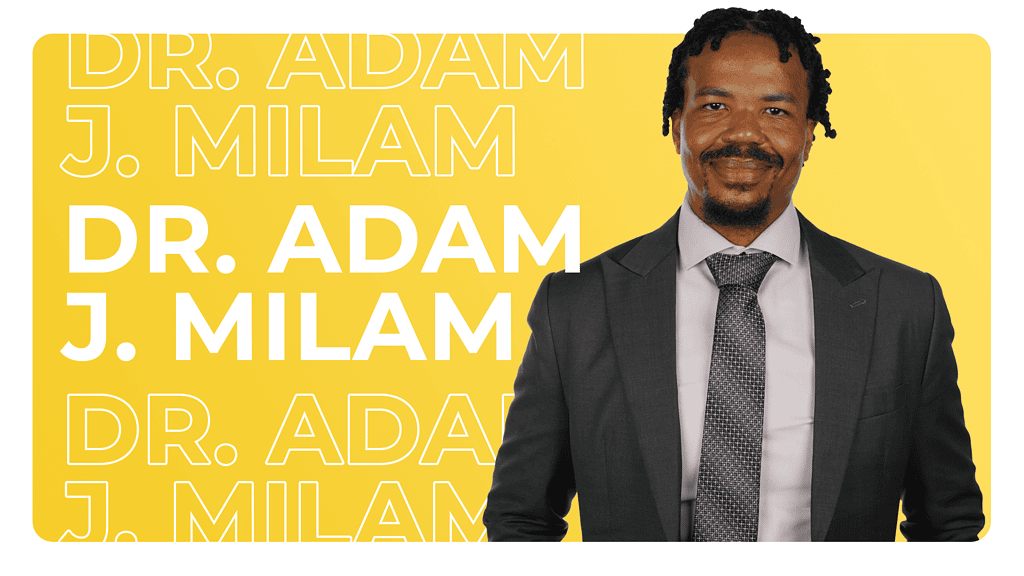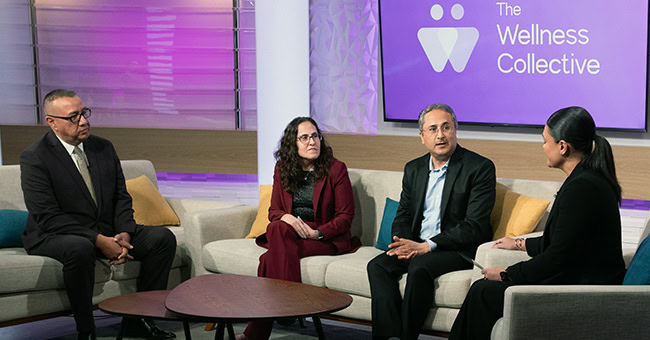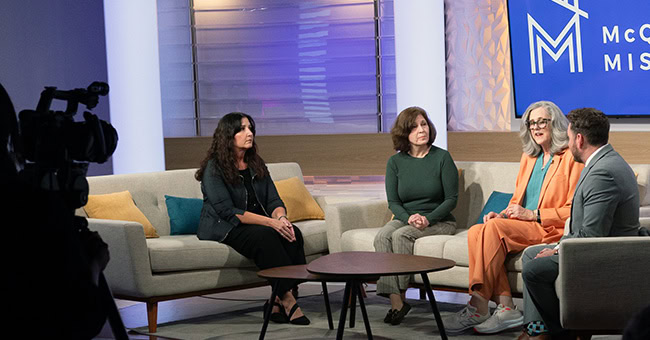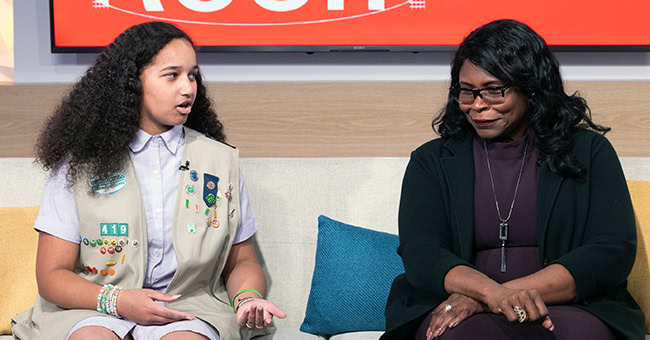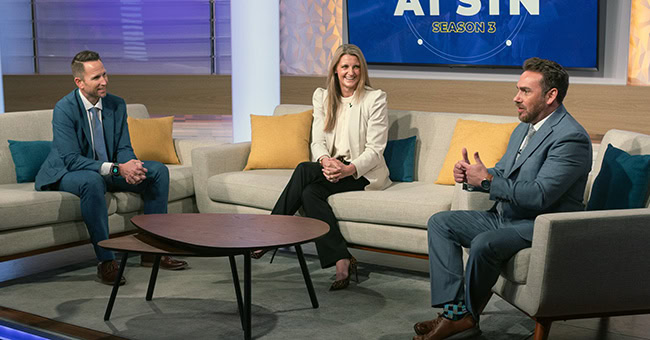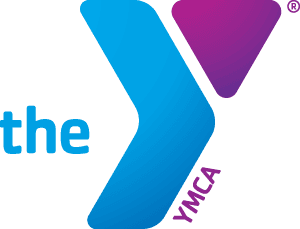Ever since he can remember, Dr. Adam J. Milam wanted to be a doctor. The journey began in his junior year of college when he switched his major to public health. Dr. Milam aimed to combine medicine and public health to serve and combat the healthcare disparities affecting underserved communities. 17 years later, Dr. Milam is an Associate Professor of Anesthesiology and Epidemiology at the Mayo Clinic in Phoenix. He also leads the Office of Health Equity and Inclusion for the organization, working to bring more diverse patients through the doors of the world-renowned hospital.
Watch the interview with Dr. Milam.
.STN:
Talk a little bit about your education and your medical training.
Dr. Adam J. Milam:
My education and training took 17 years for me to complete. In college, I majored in public health. I also got my graduate degree in public health. Then I went to medical school at Wayne State in Detroit, followed by a residency in anesthesiology at Cedar-Sinai. Later, I went to Cleveland Clinic for a cardiothoracic anesthesia fellowship, and now I’m at Mayo Clinic and have been there for about two and a half years.
STN:
When did you decide you wanted to go to medical school?
Dr. Milam:
I always knew I wanted to go to medical school, but my path getting there was not linear. In my junior year of college, I switched my major to public health. I wanted a little bit more exposure to that world. I applied to medical school and was accepted, but I deferred my medical school admission for one year to complete my master’s degree in public health.
Halfway through the master’s program, my advisor suggested I get a PhD, which was not in my plans. I was going to medical school. I listened and applied to the PhD program. I was still planning to go to medical school, but they offered me an IH training grant, which meant my PhD education was free. So I pursued my PhD, halfway through the PhD program, reapplied to medical school, deferred medical school for one more year to complete my PhD program, and then three months later I started medical school.
STN:
Was there a person or a moment that inspired you to get into public health, and what inspired you to go to medical school?
Dr. Milam:
As far back as I can remember I wanted to be a physician. I am not sure of the defining moment, I would say by the age of 10, I knew I wanted to be a physician. I started college, thinking about medical school but I didn’t know much about public health at all. I learned about the major when I was a junior in college. I wanted to combine medicine, and public health to advance health equity, and reduce healthcare disparities to improve the overall health of a community. That is why I pursued public health and continue working in the field.
STN:
You got your doctorate, you became a doctor. What made you want to be a cardiothoracic anesthesiologist?
Dr. Milam:
I thought I was going to be a surgeon or emergency medicine physician. I worked in the emergency department when I was in college and I enjoyed it. But, when I did my rotation in emergency medicine during medical school, I did not like it too much. I enjoyed being in the OR, but when I got exposed to anesthesiology, it felt like those were my people and I felt like I belonged. I was still in the operating room but it also gave me the flexibility to be out of the operating room. And again, the environment was conducive for me.
STN:
Can you explain health disparity for people who may not have heard the term before?
Dr. Milam:
Health disparities are differences in outcomes. Mainly we talk about clinical outcomes based on demographics. Think of your gender, race, ethnicity, or socioeconomic status. Life expectancy also varies by race, ethnicity, and gender, all of this is driven by social determinants of health, along with systemic racism and social biases.
STN:
Do you think some of those outcomes we see are also driven by some doctors serving with their own biases?
Dr. Milam:
Absolutely. Unconscious biases on the part of the healthcare team contribute to healthcare disparities, not just in physicians, but everyone in the healthcare workforce.
STN:
There are not as many people of color working in the medical field as we would like to see. Why do you think diversity, specifically having more people of color working in the medical field is so important?
Dr. Milam:
It’s always that saying that you can’t be what you don’t see. I think it’s important for people to see people of color and women working in prominent roles, as physicians, leaders, and government officials, so they can aspire to work in those professions. I think that is why representation matters. Growing up, I did not see a lot of Black or Hispanic physicians. It was not until I was in medical school that I saw more Black physicians.
STN:
What do you think corporate leaders and community leaders can do to inspire more people to get into the medical field and keep growing the number of minorities entering the medical field?
Dr. Milam:
Education is key. You can’t go to medical school or law school without a good education. Starting with a good primary education and secondary education. Making sure that students have the resources they need, and also creating pathway programs so students are exposed to science, technology, engineering, mathematics and medicine.
STN:
Why has the Mayo Clinic made such deliberate efforts toward health equity, and how do you all as a healthcare organization continue your diversity, equity, and inclusion efforts when some organizations are scaling them back?
Dr. Milam:
The political landscape has shifted how hospitals and healthcare organizations manage health equity and DEI in general. My department, the Office of Health Equity and Inclusion is a small group. I have an administrative partner, Dawn Peters, and two full-time staff members. Our goal is to get more diverse patients into Mayo Clinic and make sure that we are not contributing to healthcare disparities. Healthcare disparities are happening nationally, no healthcare system is immune. Making sure we are aware of those healthcare disparities, so we can put interventions and strategies in place to address those healthcare disparities is important.
STN:
What types of strategies and initiatives are you all working on at Mayo Clinic?
Dr. Milam:
One of the strategies we implement is patient navigation. We know that there are cultural barriers when patients arrive at a hospital, especially a large academic center. If your primary language is not English, you can imagine how difficult it is to navigate a big hospital. We have patient navigators who speak different languages that will help patients during their time at the hospital. They also help with interpreting between the families, physicians and the rest of the staff at the hospital.
Patient navigation has improved a lot of clinical outcomes. We see the length of stay in the hospital, and readmission to the hospital are both lower when we use an interpreter, and also some of the clinical outcomes are improved.
STN:
Robin Reed, he was the president of the Black Chamber of Arizona and a dear friend and contributor to STN. He recently passed away after suffering a stroke. One of his big points of conversation is that companies were letting go of the DEI initiatives. Many of them are saying, ‘Hey, we’ve done it. We’ve talked the talk,’ and now they have dropped those programs. It is great to see that the Mayo Clinic is continuing your DEI initiatives.
Dr. Milam:
The pandemic put a spotlight on healthcare disparities and the differences in outcomes. We knew about the disparities in healthcare for at least two to three decades, but we hadn’t done much as a country to address those disparities until the pandemic. As the pandemic has slowed down those DEI programs and all the attention to health equity has also slowed down. It is very unfortunate. Fortunately, at Mayo Clinic, we have maintained our DEI initiatives.
STN:
I mentioned my dear friend Robin Reed, who recently passed due to a stroke. We know strokes disproportionately affect people of color, and you also had an experience with it as well.
Can you share how it has changed the way that you practice? Why do we see it affecting people of color at such a high level, and what can we do moving forward to prevent some of these outcomes?
Dr. Milam:
I had a stroke about two years ago. It was from a blood clot that traveled through my heart up into my brain. Luckily, I did not have a lot of symptoms. I was very fortunate in that aspect. I thought I had Covid. I went to get tested. The Covid test was negative, and then I had an amazing ER doctor who ordered a CAT scan of my brain, and that detected the stroke.
The experience changed how I approach patients. Being a patient myself at the hospital where I work, I could see some of the things I could do better as a physician to communicate with patients and also have a little bit more empathy. Small things like putting a cold stethoscope on a patient’s chest, now I warn them before that happens. Learning what I did not like when I was a patient, I can apply those to my day-to-day life.
Strokes and cardiovascular disease in general disproportionately affect people of color, and it’s from a lot of the risk factors that are outside of the control of the hospital, the social determinants of health. If you think about stroke and heart disease, bad diets, inability to exercise, and stress all contribute to heart disease. We know in certain communities there are food deserts. They don’t have access to healthy foods, so that is a problem. In some neighborhoods, there are no sidewalks in places where you can exercise safely. Those all contribute to the risk factors that lead to heart disease and stroke.
STN:
What is your message to people so that they hopefully do not have to deal with a stroke or heart attack?
Dr. Milam:
Early prevention is key. Going to your doctor, having a primary care physician, and doing your annual or semi-annual checkup is very important. A lot of the risk factors for stroke and heart disease can go undetected. Many people don’t know they have high blood pressure. Sometimes you don’t know you have diabetes until the late stages. It is important to go to the doctor to get screened and tested to make sure those risk factors are not present. If they are present, there are medications or interventions available to reduce the risk factors.
STN:
As you look 10 or 15 years down the line what is next for you?
Dr.Milam:
I think continuing the path that I’m going down, combining public health and medicine. I want to continue doing meaningful research on healthcare disparities and apply interventions to reduce those disparities. I’m also passionate about educating the next generation so that we have leaders who are anesthesiologists, and physicians working in public health.
STN:
If there was one thing you want people to remember about you, what would it be?
Dr. Milam:
I think that I gave my all. My mentor always says, “If everything is important, nothing is important.” She said, “Adam, just focus!”
It has been hard for me to focus on one specific thing because there are so many issues that need to be addressed. If there is one thing people remember about me, I hope they know I tried my best to address the issues I am passionate about.
STN:
You are doing a great job so far. Thank you for being here.
Dr. Milam:
Thank you for inviting me.


